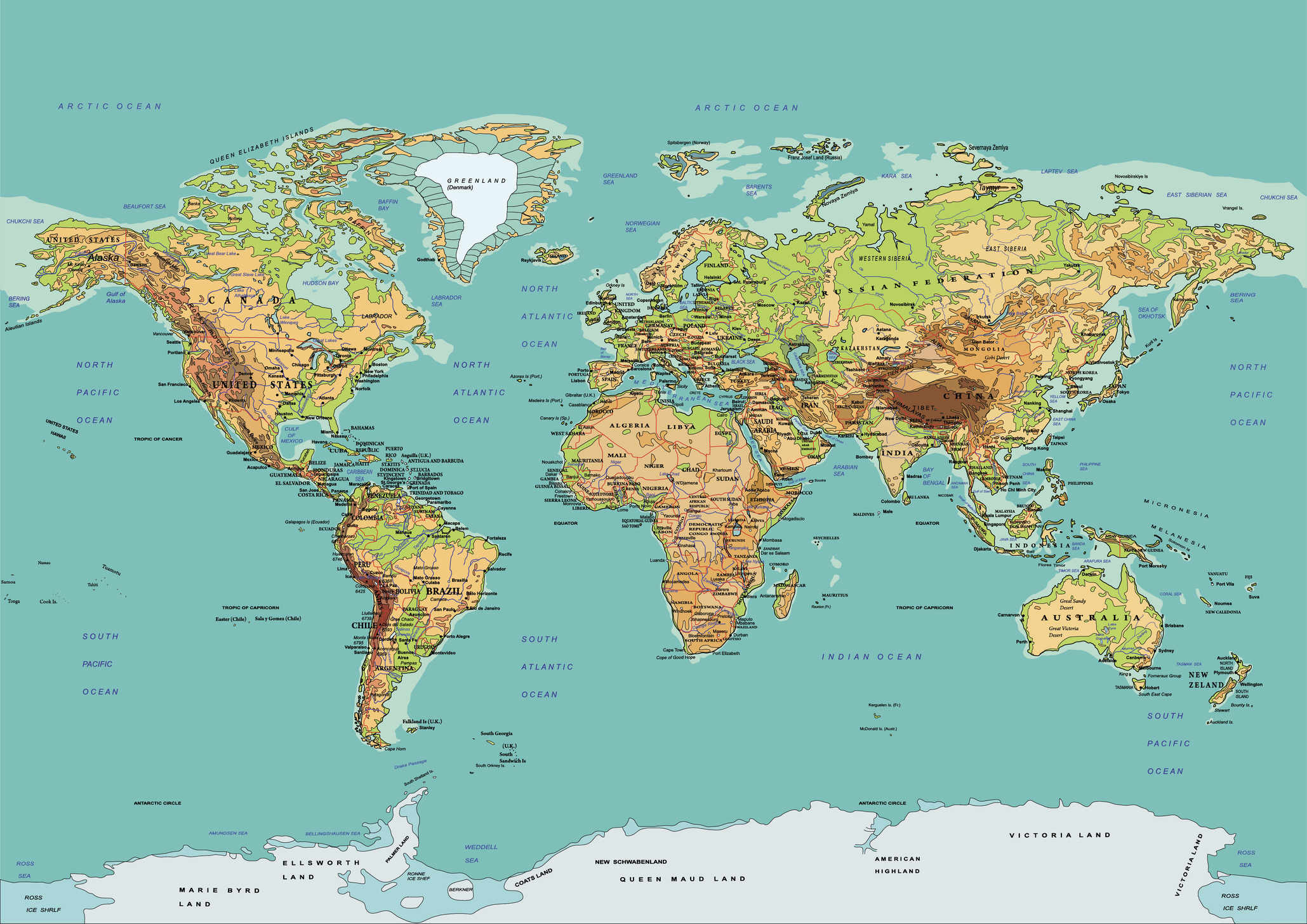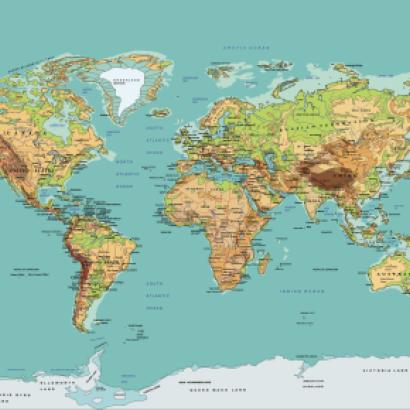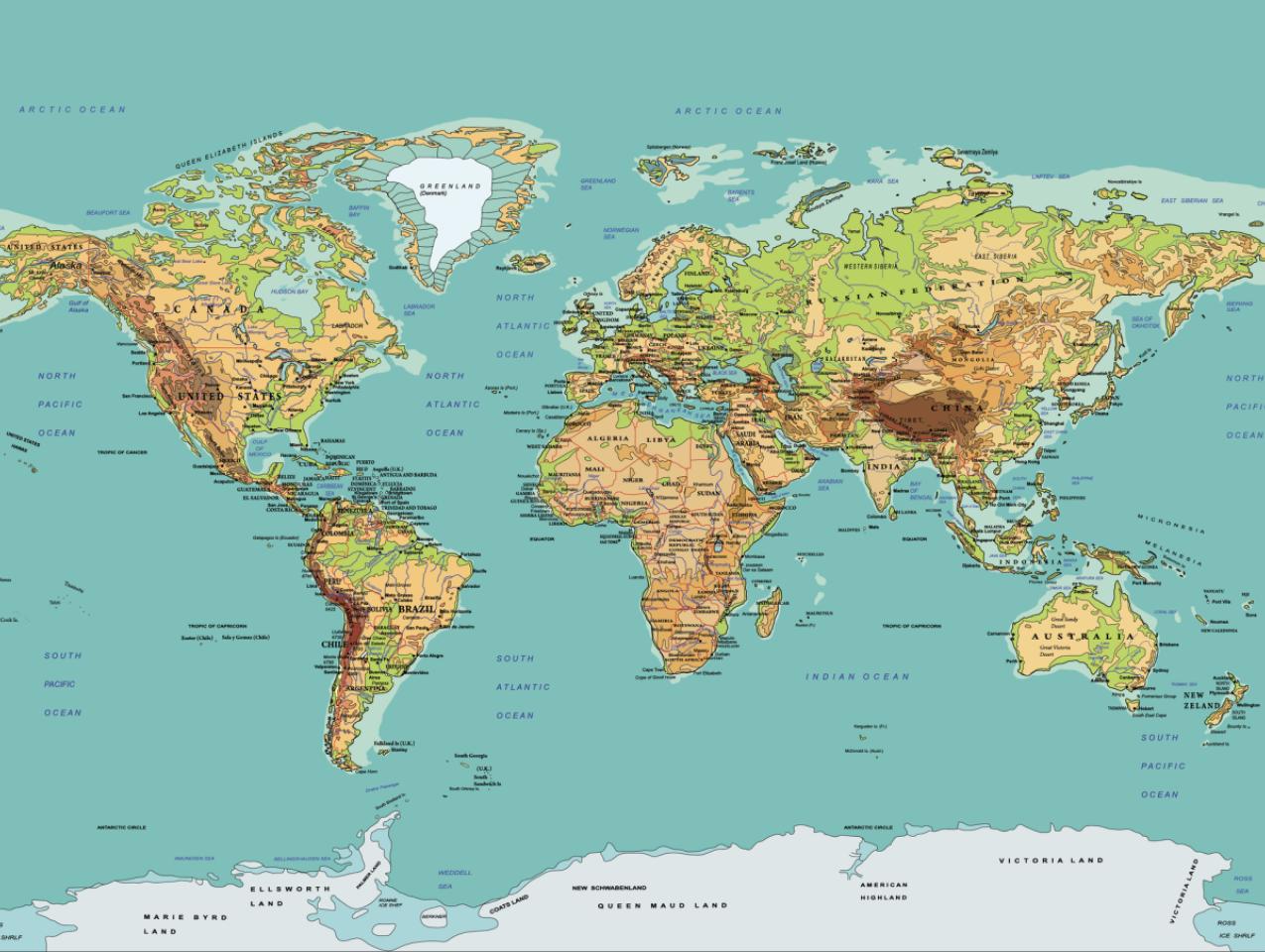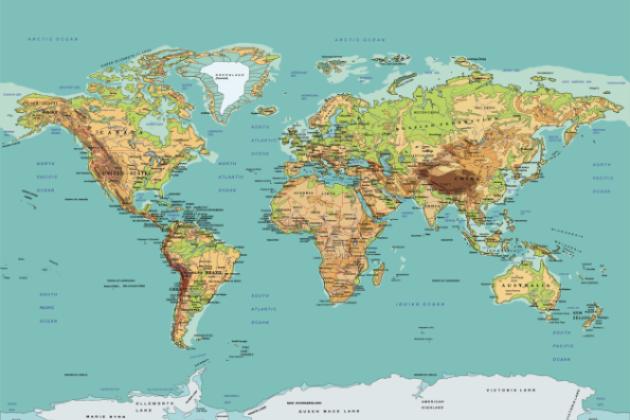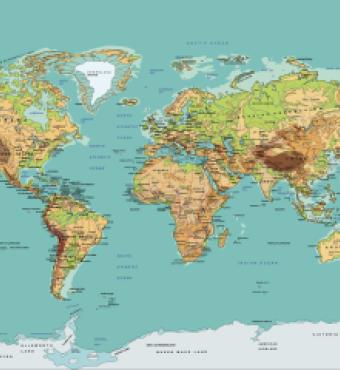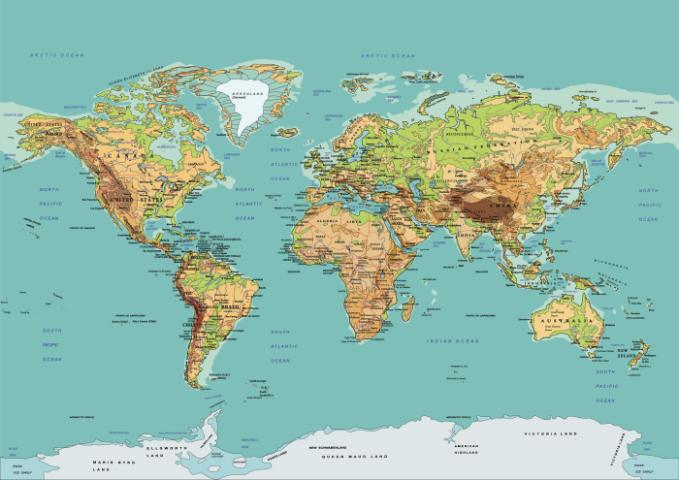- China
The United States, Britain, and Australia have announced the establishment of a new security partnership in the Indo-Pacific region that will include assistance to Australia for its acquisition of nuclear-powered submarines. Chinese aggression is on the rise, with almost daily breaches in Taiwan’s air defense zone, and there are growing fears that tensions in the South China Sea or the Taiwan Straits could escalate into a conflict.
The new U.S., British, and Australian initiative (AUKUS) is reminiscent of a Cold War information-sharing agreement signed 75 years ago, known as the “Five Eyes Alliance.”
But contrary to that agreement, this new alliance has a strong dimension of security and defense technology and is being implemented at a time when many Western countries are redefining their relations with China.
From Beijing’s point of view, this tripartite initiative is another attempt by the United States to prevail in the region. Over the past two years, Chinese diplomacy has made many efforts to prevent this, while Beijing has sought to strengthen its ties with other countries, hoping to convince them to remain as neutral as possible towards such agreements.
Although at first glance, AUKUS seems like a traditional security-focused agreement, it also refers to other areas of cooperation such as cyberspace and artificial intelligence, and prevention of China’s projection of economic prowess in the region. It gives, thus, a dimension that resembles China’s “New Silk Road,” the Belt and Road Initiative.
Beijing has already reacted by projecting military power closer to Taiwan and mobilizing its biggest weapon, the attractive force exerted by its giant economy.
According to Taiwan’s Ministry of Defense, in September 2021 ten Chinese warplanes flew over the island’s airspace to be intercepted by its own aircraft. The incident came a day after Taiwan announced a $8.7 billion increase in defense spending over the next five years.
China currently has the largest navy in the world. According to data from the Pentagon for 2019, the Chinese Navy has 350 vessels, including 12 nuclear submarines, while the U.S. has 293 vessels, although some are larger than the Chinese ones. But Beijing lacks anti-submarine assets, so Washington’s move to send nuclear submarines to the South China Sea has angered the Chinese.
Washington and Canberra are trying to allay nuclear proliferation concerns by stressing that these specific submarines will use nuclear energy to move (“invisibly” for five consecutive months) but will carry only conventional missiles.
Nuclear reactors that power U.S. and British submarines use uranium enriched to the same degree (90%) as required for nuclear weapons (other countries’ nuclear submarines use less enriched uranium, unsuitable for weapons). Attempts have been made over the past several years to withdraw reactors using 90% uranium enriched, for fear of falling into the wrong hands and being used to make nuclear weapons.
Experts estimate that other countries in the region will soon want nuclear submarines, such as South Korea and Japan.
U.S. ambassador to China, Nicholas Burns, has told the Senate Foreign Relations Committee that he has no confidence in China over Taiwan, and he has recommended selling more weapons to the island in order to strengthen its defense.
Indeed, the Government of Taiwan has requested from, and is in negotiations with the U.S. Government to approve the supply of a large number of stand-off missiles, type AGM-158 JASSM (Joint Air to Surface Stand Off Missile), in order to offset the overwhelming numerical superiority of China’s armed forces.
The initial request is to ensure the ability to strike targets on Chinese soil from long distances and with great precision, from the Taiwan Air Force F-16V fighters.
Following the signing of the AUKUS alliance agreement, Taiwan’s already old bid to acquire JASSM is significantly more likely to be met by the United States.
China considers the island of Taiwan its own territory and does not hide it. The short distance that separates it from the Chinese coast (100 miles) is the most important disadvantage of Taipei’s defense, perhaps even more important than the difference in size, population, and power between the two states.
Islands—targets threatened by a numerically superior adversary, make it mandatory to use low-cost smart weapons and technological superiority where required, in order to reverse the numerical imbalance––something that can only be achieved through the philosophy of network-centric and missile-centric operations.
A representative example of this philosophy is the recently introduced Rapid Dragon system, which enables the mass launch of cruise weapons (rather than ballistic ones), with stealth features and low comparable cost, against a large number of targets.
On the field, the gain is the closeness of the enemy’s anti-aircraft and anti-missile defenses, and, moreover, the almost exclusive use of unmanned air vehicles. The latter balances the numerical superiority of the far more powerful adversary, at least up to a certain point.
The assessments and opinions expressed in this article are strictly those of the author himself and in no case of the Hellenic Ministry of Foreign Affairs.







